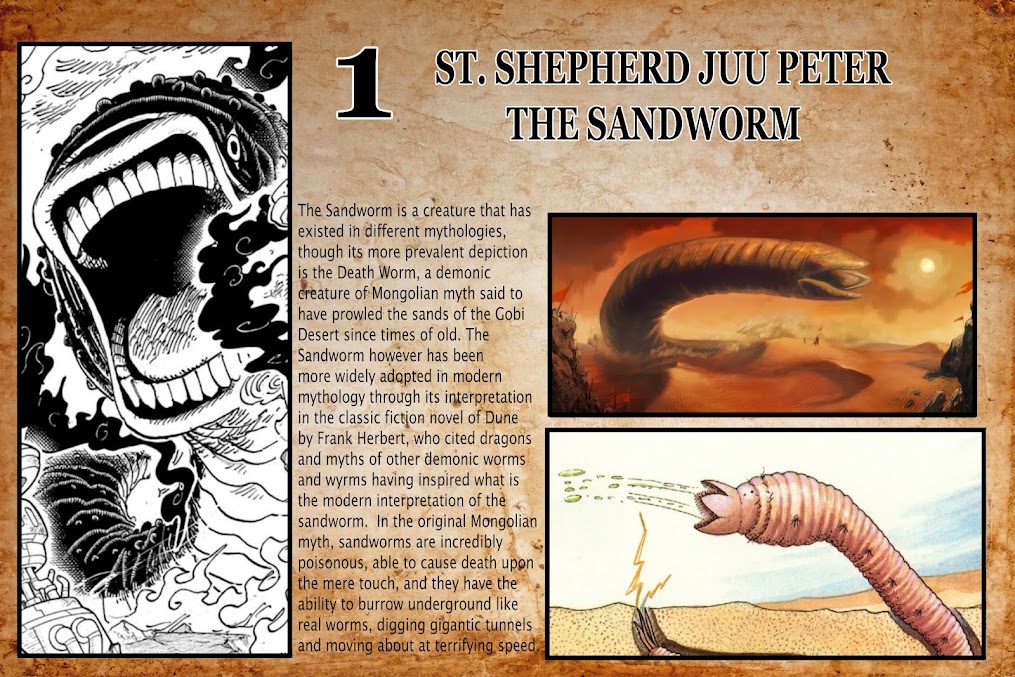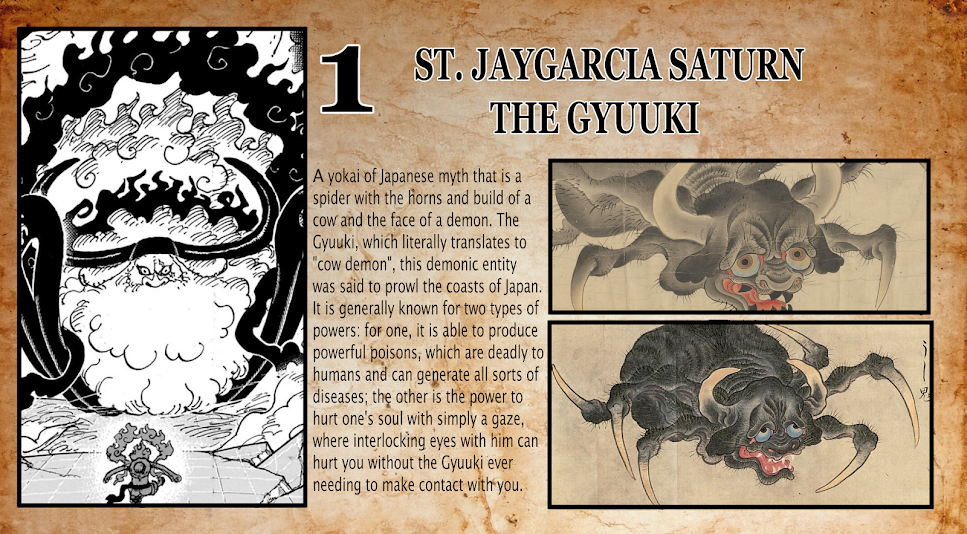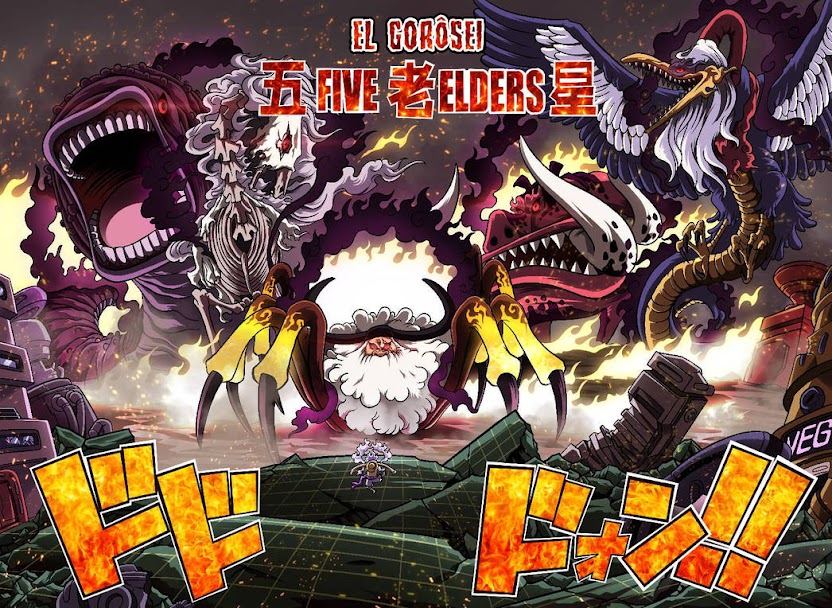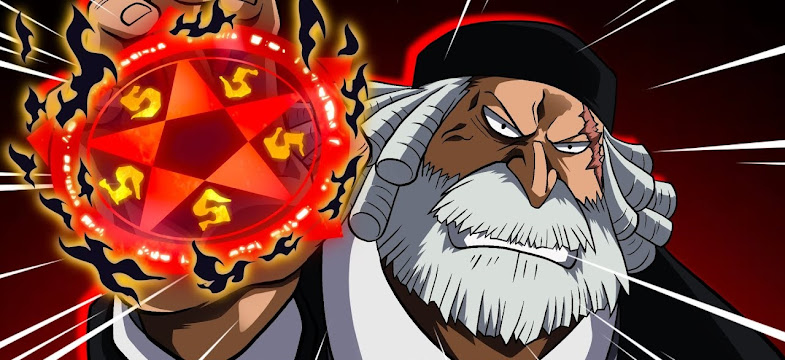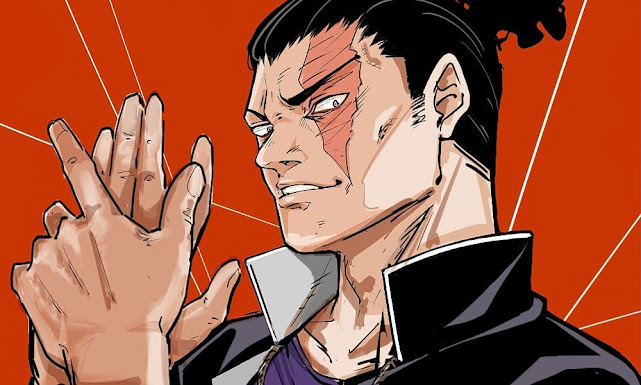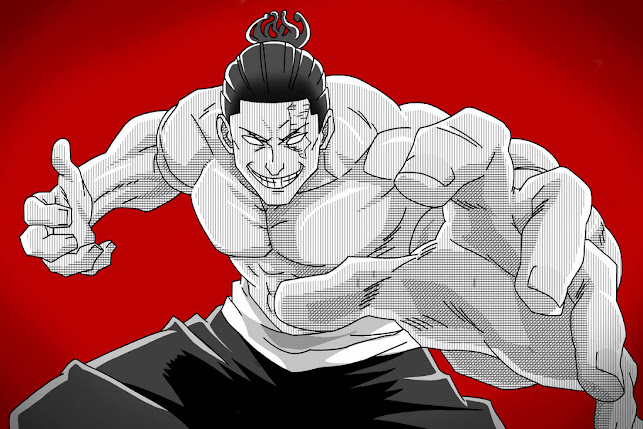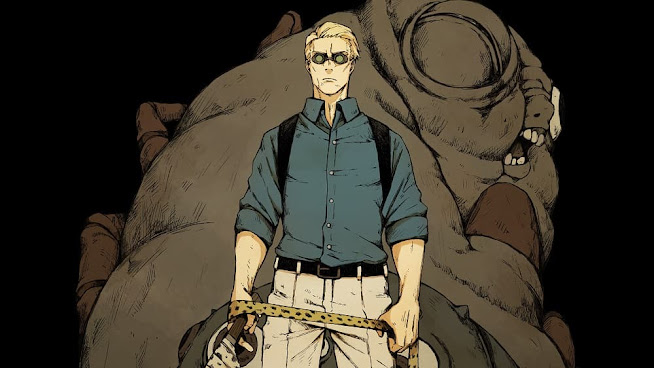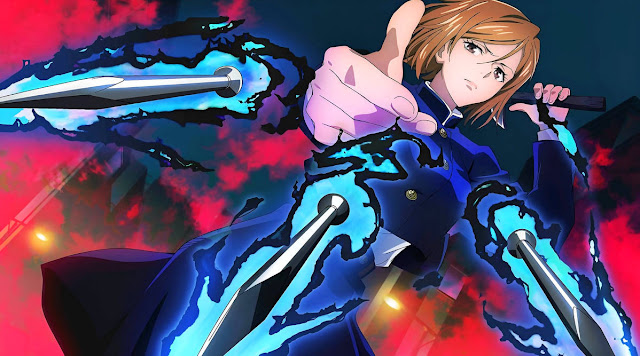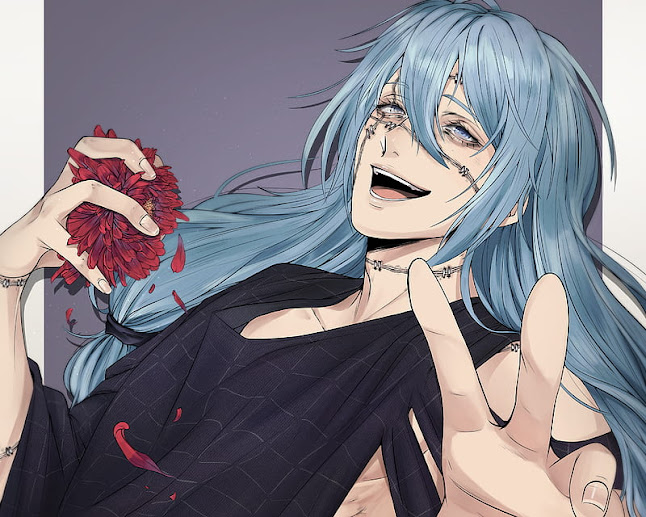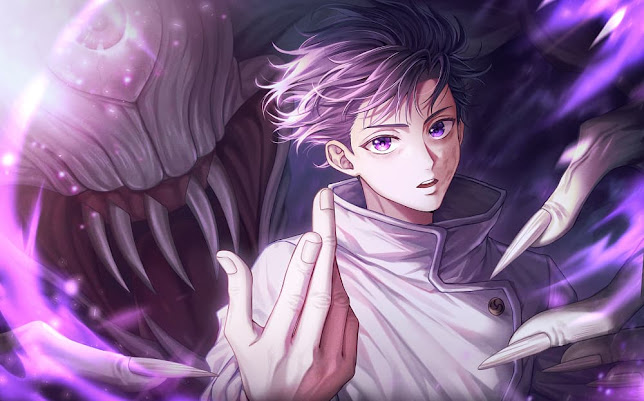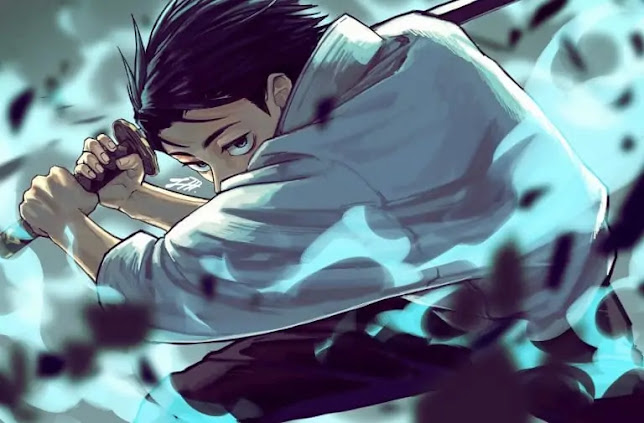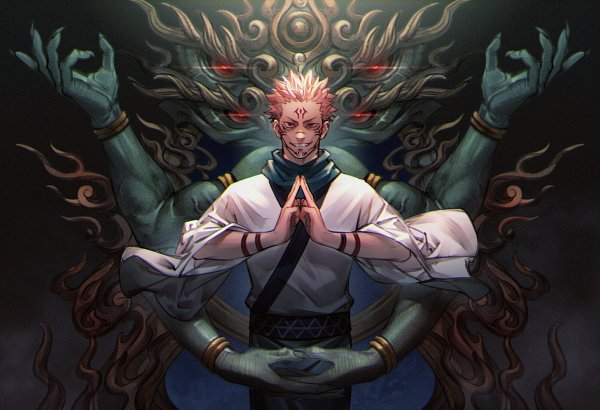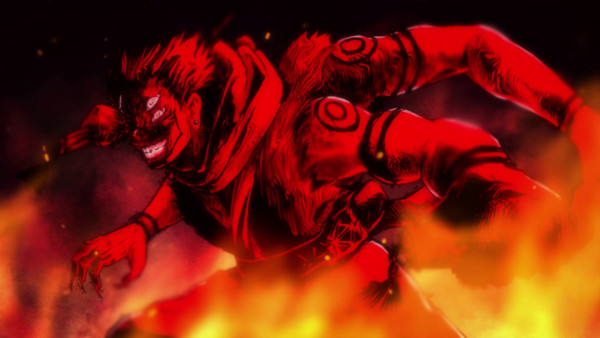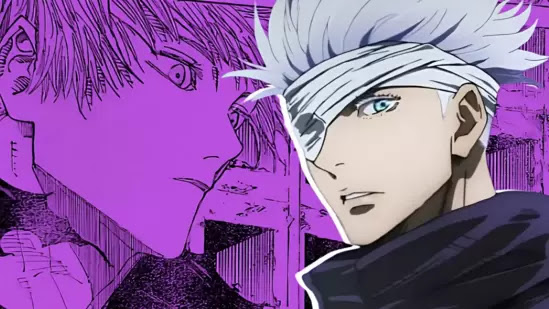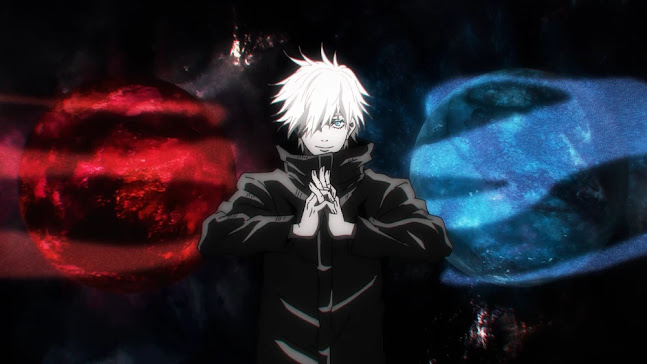Megumi fushiguro is a pivotal character in the manga and anime series "Jujutsu kaisen," authored by gege akutami. The series, lauded for its intricate blend of supernatural elements, action, and dark fantasy, introduces megumi as a student at the tokyo metropolitan curse technical high school, commonly known as jujutsu high. He plays a significant role in the series, noted for his composed nature and strategic acumen.Hailing from the esteemed fushiguro family, which holds a notable legacy in the jujutsu realm, megumi's background is marred by familial strife, particularly with his father. This complex family history is crucial to understanding his character's depth and motivations.
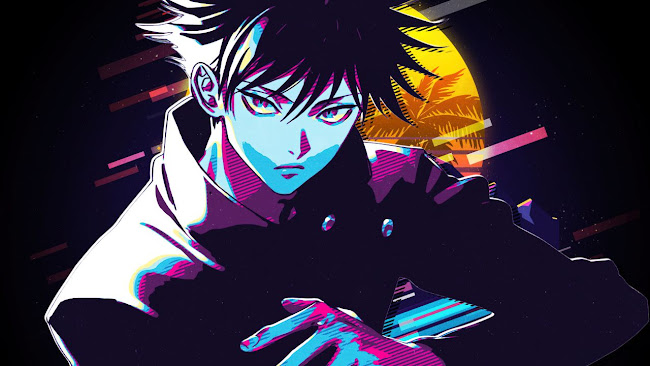
In the series, megumi is depicted as a first-year student at jujutsu high, training to become a jujutsu sorcerer, tasked with battling curses, entities spawned from human negative emotions. His prominence in the narrative becomes evident as he frequently collaborates with yuji itadori, the main protagonist, and nobara kugisaki, under the tutelage of satoru gojo.Megumi is distinguished by his stoic and thoughtful demeanor. His ability to remain composed in perilous situations underscores his effectiveness as a tactician. Despite his reserved exterior, he exhibits a profound sense of compassion and morality, often prioritizing the well-being of others over his own safety.
His character development is a central element of the series, revealing a more vulnerable and empathetic side through his interactions with itadori and kugisaki, thereby adding layers to his personality.As a jujutsu sorcerer, megumi wields the rare ten shadows technique, enabling him to summon and control various shikigami. This family signature technique highlights his considerable talent and potential as a sorcerer.
His combat approach is highly tactical, utilizing shikigami for different purposes - reconnaissance, direct attack, or battlefield control. This strategic mindset, coupled with his calm presence, establishes him as a daunting adversary.
Megumi's journey in "Jujutsu kaisen" is marked by significant personal growth, driven by various narrative arcs. These arcs challenge his beliefs, abilities, and relationships, particularly his encounters with the formidable curse, sukuna, and his role in the pivotal shibuya incident. These experiences push him to confront and overcome his limitations, leading to considerable character growth.
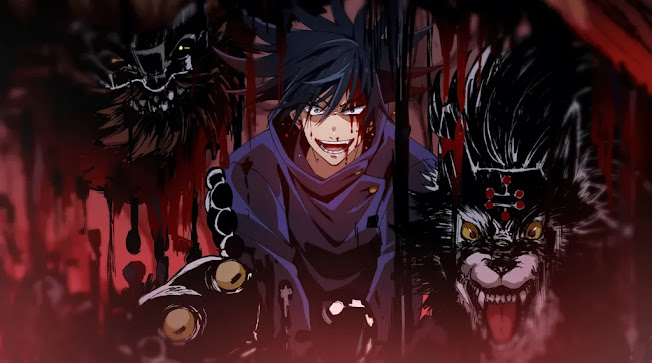
Megumi's relationships are intricate and play a vital role in his character arc. His bond with yuji itadori is notable, characterized by mutual respect and shared experiences, despite their differing personalities. His interactions with nobara kugisaki offer further insight into his character, as they frequently collaborate in battles.The mentor-student relationship between megumi and satoru gojo is also pivotal. Gojo's recognition of megumi's potential and efforts to push him beyond his boundaries significantly influence megumi's development.
Megumi fushiguro's character has profoundly resonated with "Jujutsu kaisen" fans, contributing to the series' cultural impact. His intricate personality, intellectual combat style, and moral integrity make him a captivating character. He embodies themes of duty, sacrifice, and overcoming personal limitations, aligning with the core narrative of "Jujutsu kaisen." Megumi's narrative is enriched by the exploration of his family background, particularly his relationship with his sister, tsumiki fushiguro. This familial aspect adds another dimension to his character, emphasizing the personal stakes he has in the world of jujutsu sorcery. His dedication to protecting his sister is a driving force behind many of his actions and decisions throughout the series.
Additionally, megumi's growth is highlighted in his evolving view of strength and what it means to be a sorcerer. Initially, his perspective is heavily influenced by his sense of duty and the burden of his family legacy. As the series progresses, he begins to develop a more personal understanding of his powers and responsibilities, leading to a more nuanced approach to his role as a sorcerer.
Megumi fushiguro emerges as a multifaceted character in "Jujutsu kaisen." his evolution from a duty-driven sorcerer to a character embodying resilience and depth mirrors the series' exploration of growth, responsibility, and the complexities of human emotions. His journey, marked by personal challenges and growth, resonates with the audience, making him a standout character in the world of anime and manga.


